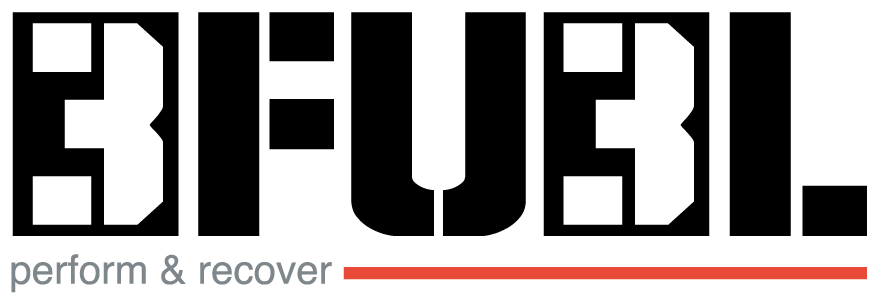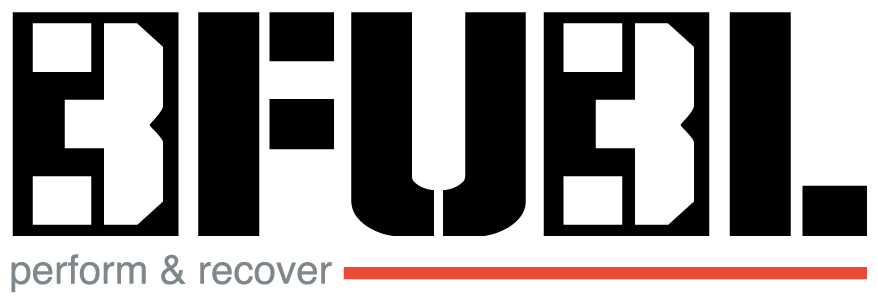One Reason You Shouldn’t Rely on Studies
At 3Fu3l we’ve always focused on what works. There is no substitute for having quantifiable personal data that lets us know that a training concept has netted us a PR, or that eating certain foods made us feel more recovered. When judging anything new, we look at the variables we see on the field and in the gym.
In a best case scenario, this is what a study would examine – it would look at athletes doing a particular thing, and compare them with athletes doing something different, and the results of the study would tell us whether a concept, food, or supplement actually did anything for their performance. But scenarios are rarely “best case” and scientists sometimes use the most expedient method available for plotting their data points. This is where proxy measurements are useful – and where our reason for not relying entirely on studies also comes into play.
In the case of a study on something like strength increases or muscular gains, scientists will look at anabolic signalling pathways – things like myostatin, mTOR, Akt, myosin heavy chain protein isoforms, and myofibrillar protein synthesis. Myofibrillar protein synthesis is basically the rate at which protein is being made in muscle tissue. Based on these known regulators of size and strength, scientists can predict what things will cause us to gain muscle and strength, and compare them, relatively. At least we thought this would work. And it does. Sort of.
The problem with these proxy measurements is that they only measure anabolic, not catabolic, processes. Sometimes it’s the opposite, and while scientists record myostatin decreasing, they fail to examine IGF-1, which also decreases (*or whatever, you get the idea).
In a recent study, scientists examined the results of 16 weeks of strength training on 23 males who were recreationally active, but had not engaged in resistance training within the last year (so maybe playing some pickup basketball, running, whatever). They examined their muscular gains in relation to myofibrillar protein synthesis, which should plot a somewhat similar set of data points with a linear response curve (to an extent).
What they found was that the subjects with the highest rates of MPS were not the ones who gained the most muscle:
 In fact, there was no correlation between MPS in any of the time periods measured and the change in muscle volume. There wasn’t even a significant correlation between the change in fat- and bone-free (lean) mass and the aggregate MPS response. Meanwhile, these types of measures have been used to judge the efficacy of training programs, supplements, food, etc…for a very long time. So it turns out that MPS isn’t totally accurate – which is why, as we said at the beginning, we look towards results and what we see in the weightroom and on the field, not at what’s “supposed to work” because it says-so in a study.
In fact, there was no correlation between MPS in any of the time periods measured and the change in muscle volume. There wasn’t even a significant correlation between the change in fat- and bone-free (lean) mass and the aggregate MPS response. Meanwhile, these types of measures have been used to judge the efficacy of training programs, supplements, food, etc…for a very long time. So it turns out that MPS isn’t totally accurate – which is why, as we said at the beginning, we look towards results and what we see in the weightroom and on the field, not at what’s “supposed to work” because it says-so in a study.
Here’s a look at the abstract (and here it is in full):
Mitchell CJ, Churchward-Venne, TA, Parise G et al.
Acute post-exercise myofibrillar protein synethesis is not correlated with resistance training-induced muscle hypertrophy in young men.
PLOS One, 9(2): e89431, 2014.
Muscle hypertrophy following resistance training (RT) involves activation of myofibrillar protein synthesis (MPS) to expand the myofibrillar protein pool. The degree of hypertrophy following RT is, however, highly variable and thus we sought to determine the relationship between the acute activation of MPS and RT-induced hypertrophy. We measured MPS and signalling protein activation after the first session of resistance exercise (RE) in untrained men (n = 23) and then examined the relation between MPS with magnetic resonance image determined hypertrophy. To measure MPS, young men (24±1 yr; body mass index = 26.4±0.9 kg•m2) underwent a primed constant infusion of L-[ring-13C6] phenylalanine to measure MPS at rest, and acutely following their first bout of RE prior to 16 wk of RT. Rates of MPS were increased 235±38% (P<0.001) above rest 60–180 min post-exercise and 184±28% (P = 0.037) 180–360 min post exercise. Quadriceps volume increased 7.9±1.6% (−1.9–24.7%) (P<0.001) after training. There was no correlation between changes in quadriceps muscle volume and acute rates of MPS measured over 1–3 h (r = 0.02), 3–6 h (r = 0.16) or the aggregate 1–6 h post-exercise period (r = 0.10). Hypertrophy after chronic RT was correlated (r = 0.42, P = 0.05) with phosphorylation of 4E-BP1Thr37/46 at 1 hour post RE. We conclude that acute measures of MPS following an initial exposure to RE in novices are not correlated with muscle hypertrophy following chronic RT.


